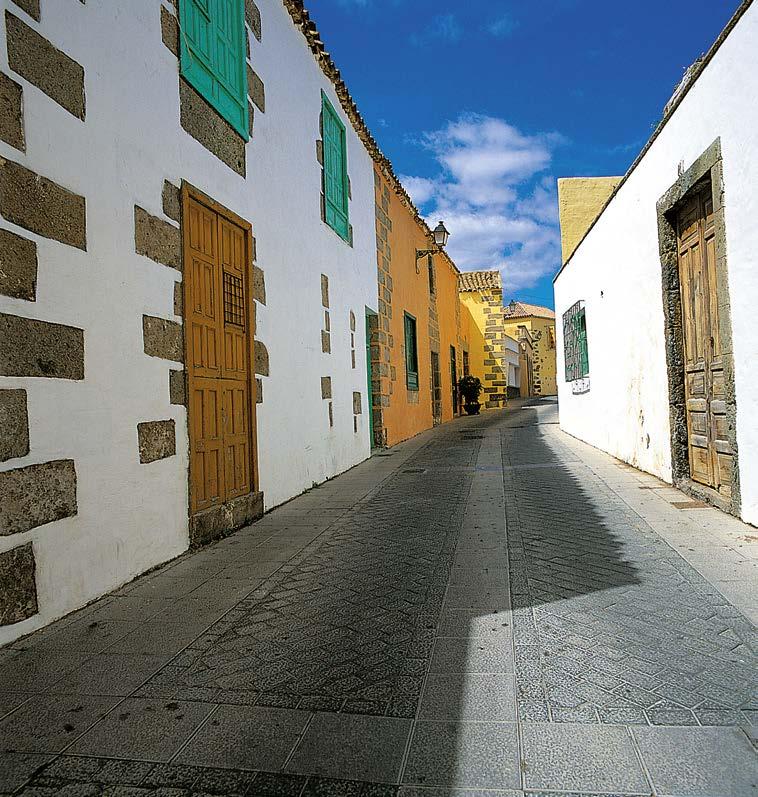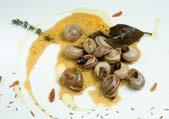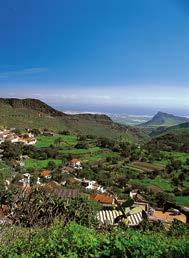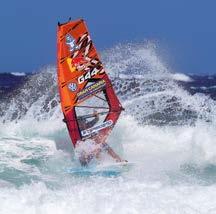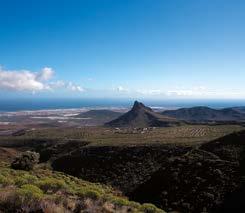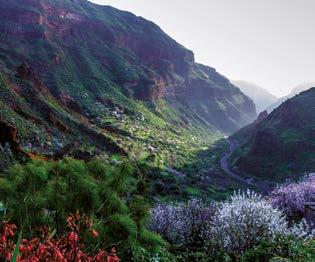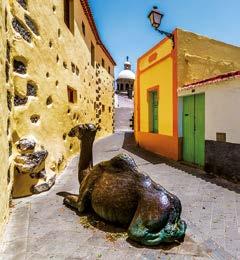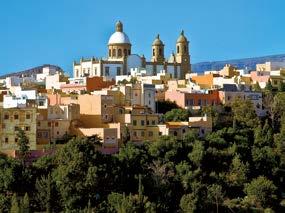CARNIVALS
In the month of February there is a date on the festival calendar that doesn’t go unnoticed. The Carnival is one of the most popular festivals here in Agüimes, and one of the best-known outside the municipality. This annual festival has been celebrated in this town since the times of the Spanish Conquest of the island, and its celebration was only interrupted during the Spanish Civil War.
The most celebrated Carnival activities are: the Murgas contest, in which the different murgas singing groups, both from within the municipality and outside, bring their humour and ingenuity to the fore through the lyrics in their songs, as well as the brightness and creativity of their costumes; the Old Carnival Dance, held on Carnival Tuesday which revives all the traditions of Lent, where girls with masked faces are cover their heads with bags and go round playing tricks on friends and acquaintances, and where rice puddings and Carnival tortillas with honey are eaten, to the rythms of local musical bands; plus the Sardine Burial on Ash Wednesday, following the traditional mourning procession, in which the masked girls, many of them dressed up in widows’ clothing, cry over the loss of the sardine (and the end of the Carnival) and finish up opposite the church where they set fire to the figure representing the sardine in a spectacular show of fireworks that shoot out from it.
AGÜIMES
Information Office for Agüimes Historic Town Centre Plaza de San Antón (Casco Histórico
Tel: (+34) 928 789 980 ext 2694 turismo@aguimes.es www.visitaguimes.com
OF GRAN CANARIA
Snails with fennels Typical Recipe
PREPARATION
1 kg. of snails
1 bundle of fennel
5 cloves of garlic
Small amount of cumin
1 spicy pepper Sea salt
The snails are washed and carefully cleaned. Gofio is then added and they are left for a day to purge and be dirt free. They are then washed through again another three or four times, then drained and a handful of salt is poured over them to make sure they are perfectly clean. Again they are rinsed with abundant water and placed into a tall pot with water and heated up. A handful of fennel is added to the cooking water along with a paste made up of crushed garlic, cumin and spicy pepper. This is then left on a low heat and covered for half an hour. The lid is then removed and if the snails are nearly out of their shells, the heat is turned up and with a skimming ladle any foam formed on the water is removed. The heat is then turned down and left to cook for a further half hour. The snails are checked to see if they can be taken out of the shells and if it is still difficult to do so, the heat is left on for one last time.
Old Carnival Party.
Tourism Office
Situated to the southeast of the island, between the municipalities of Ingenio and Santa Lucía de Tirajana.
Did you know?
Agüimes, along with Ingenio, was handed over by the Catholic Kings to the Church, for the Church having invested money in the Conquest of the island, and this territory became a Episcopal Lordship until the beginning of the 19th century, in which the Bishops of Agüimes charged taxes in the form of diezmos (corresponding to one tenth of all farm harvests).
We shall start our route through the Old Town of Agüimes in the Plaza de San Antonio Abad and the Historic Town Centre Information Office, located on the site of the Hermitage of San Antón (17th century), where visitors are given a detailed insight into the architectural evolution of the surrounding area from the 16th century to the beginning of the last century. Inside here we also find the Rural Tourism Houses Reservation Centre and the Agüimes Tourist Information Office
If we go down El Progreso Street, at the bottom and turning left we enter a park which gives access to the Agüimes History Museum, where we can learn all about the history of the ancient Episcopal Lordship of Agüimes from the Castillian Conquest on the island up to the 19th century. It is situated in a Canary stately home from mid-18th century owned by the Verdugo family. One of the members of this family, Don Manuel Verdugo y Albiturría, was the last Senior Bishop of Agüimes, so this building is known as the Episcopal Palace.
Further along on our route along Moral Street, on the other side of the Museum, we arrive at the Plazoleta de Orlando Hernández A charming corner to stop for a rest and let your senses be taken over by the music emanating from the tribute to music monument. Just op-
posite is the Church of San Sebastián, which was declared a National Historic Artistic Monument in 1981, and was built from stone, resembling a certain cathedral style and with a façade representing one of the finest examples of Canarian neoclassical architecture. It was constructed according to the plans of architect Diego Nicolás Eduardo (1787), although it was built over several phases and was finally completed in 1940. In its interior we can observe architectural elements pertaining to gothic, neoclassical and baroque styles.
Important works by religious imagery sculptors such as Luján Pérez, Martín de Andújar and Lorenzo de Campos, among others, have also been preserved.
Just opposite the church we find the Plaza de Nuestra Señora del Rosario. The square is surrounded by a fine representation of traditional Canarian architecture.
We move on, and back again to Progreso Street up to the district of Santo Domingo, the origins of the historic part of town and the place where the first European colonizers were to settle in the 15th century. Here the first church and Dominican friars convent were built and were destroyed by fire at the end of the 19th century.
The Guayadeque Ravine located between the municipalities of Ingenio and Agüimes, is one the most interesting
natural monuments in Gran Canaria. It is classified as a Natural Monument of Cultural Interest, and is a natural spot of stunning beauty and one of the most important Aboriginal settlements on the islands. Many of the archaeological findings discovered here, such as mummies, pots and other everyday utensils, are kept at the Canary Museum in Las Palmas de Gran Canaria. The Guayadeque Information Centre is at the entrance to the ravine, and highlights all the natural and archaeological wealth of the area. As we make our way along the winding road of the ravine we reach the interesting troglodyte settlement of Cueva Bermeja
At the highest point of the municipality we find the small village of Temisas, declared Representative Canary Hamlet by the Canary Islands Government, nestling in beautiful countryside from where we can enjoy lovely mountain landscapes, the Roque Aguayro and the most important olive grove in the Canary Archipielago. In Temisas we can visit the 18th century Hermitage of San Miguel
Among the beaches in this municipality, the most outstanding are: Playa de Arinaga, a very busy beach in the summer; and Playa de Vargas, which has become one of the best beaches in the world for radical windsurfing.
If visitors would like to enjoy the underwater sea beds in Gran Canaria, Agüimes offers one of the most spectacular beaches for diving enthusiasts; the Playa de Cabrón which boasts one of the biologically and ecologically richest marine beds in the Canary Archipielago.
Guayadeque
Playa
Windsurf in Pozo Izquierdo.
Temisas.
Church of San Sebastián.
Historic Town.
Guayadeque Ravine.
Palmas de Gran Canaria - Agüimes


